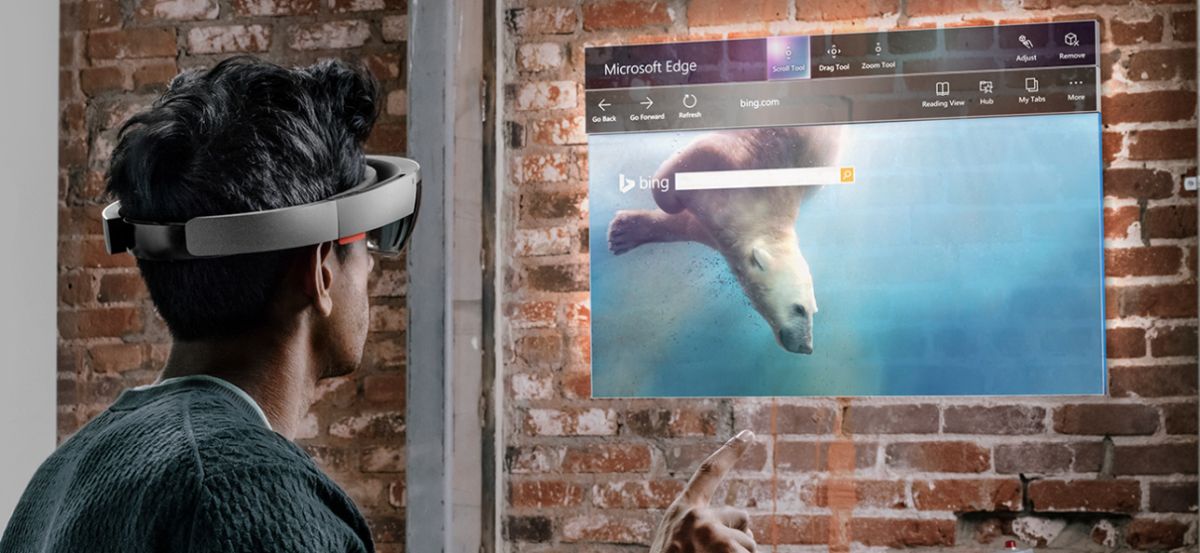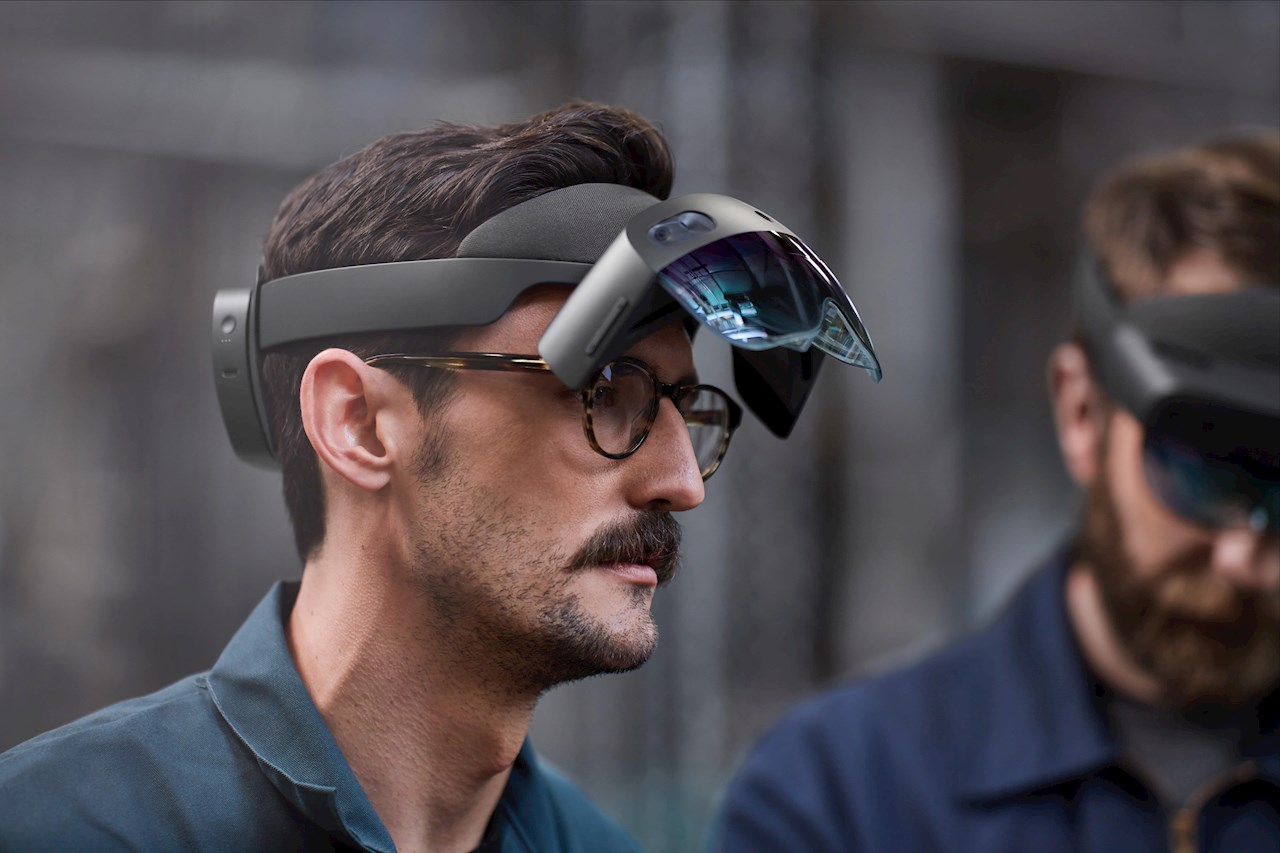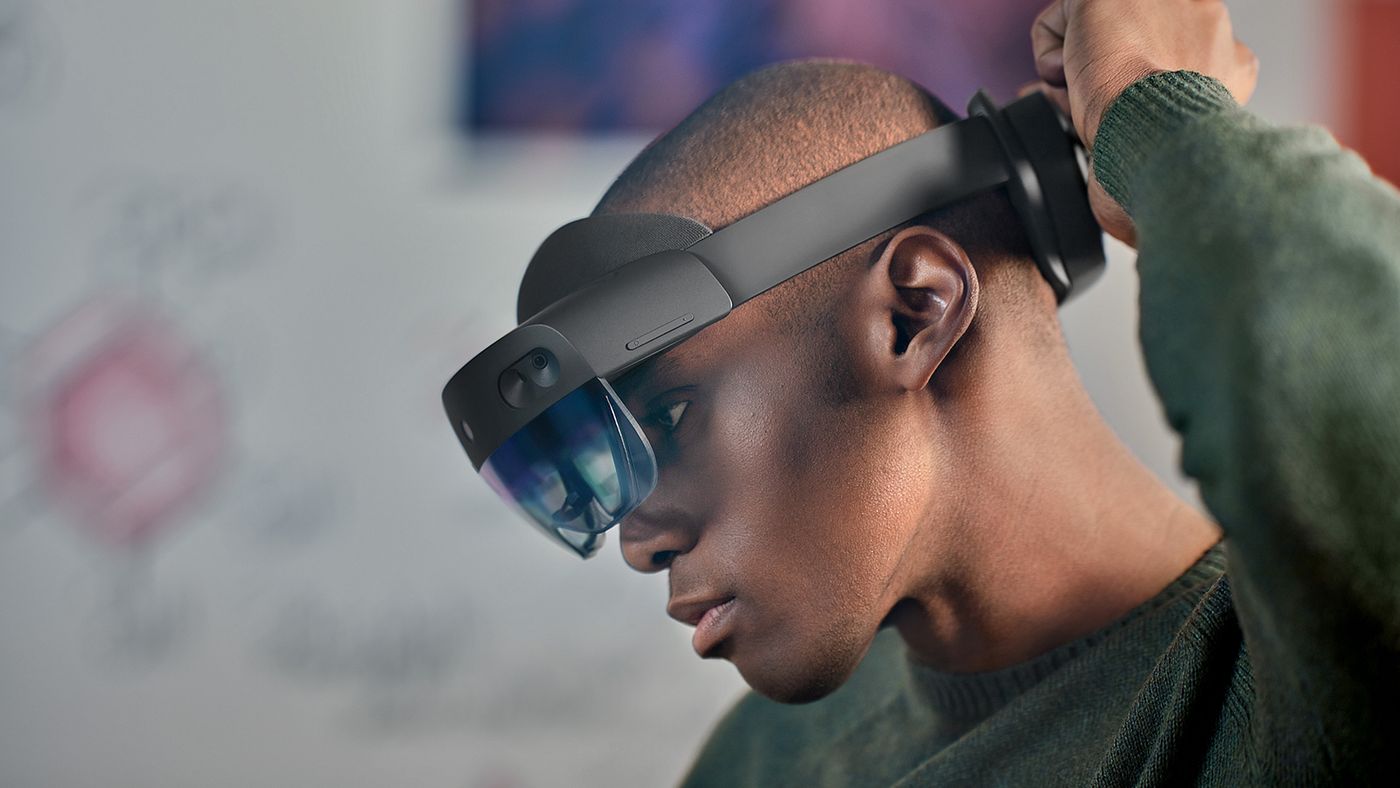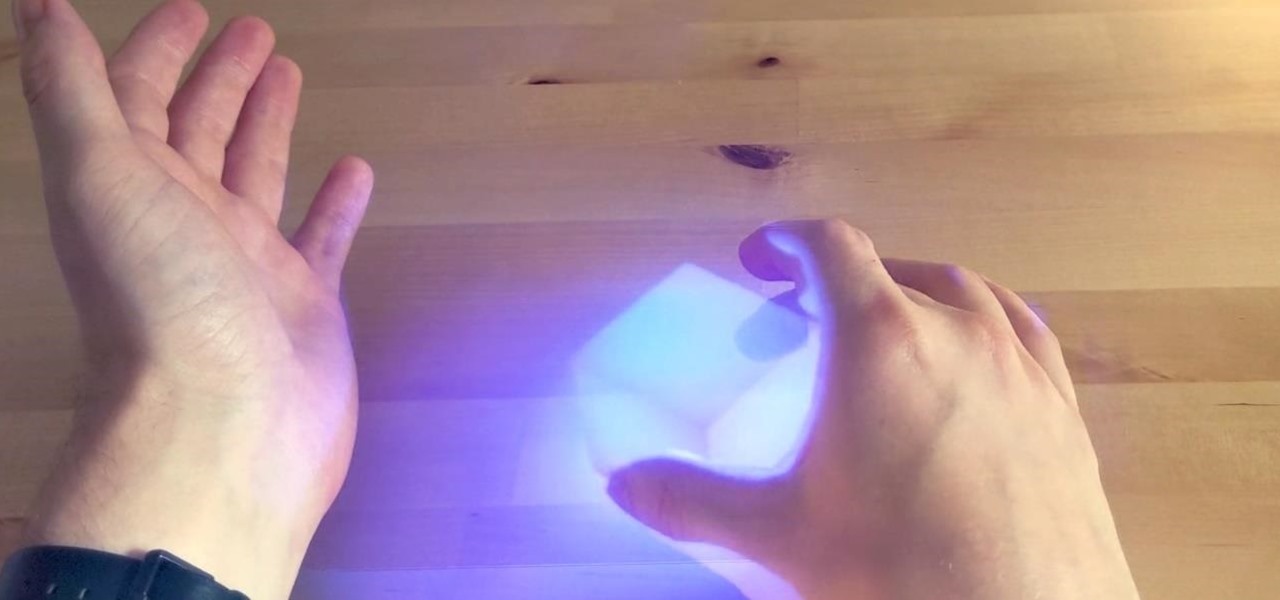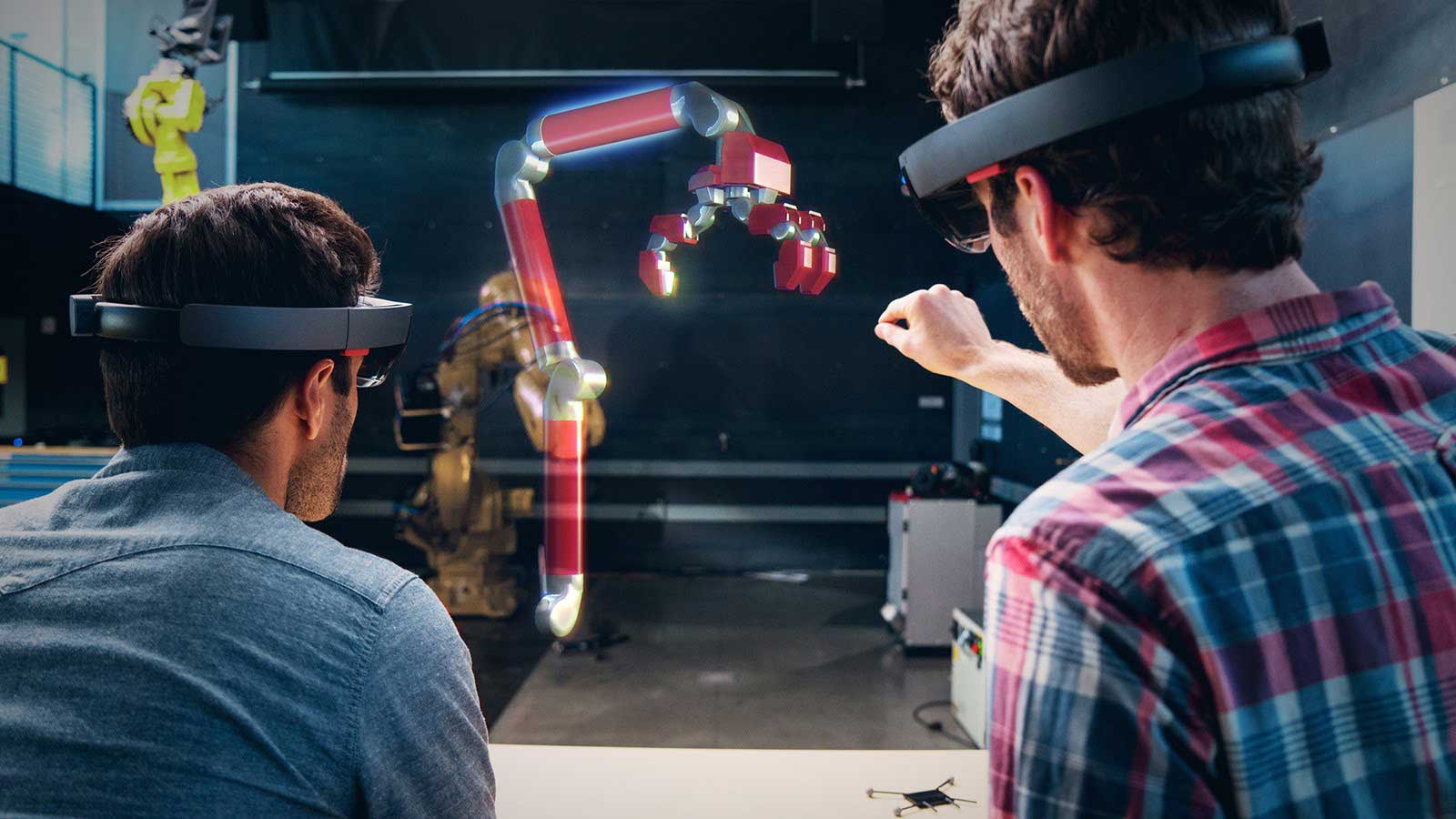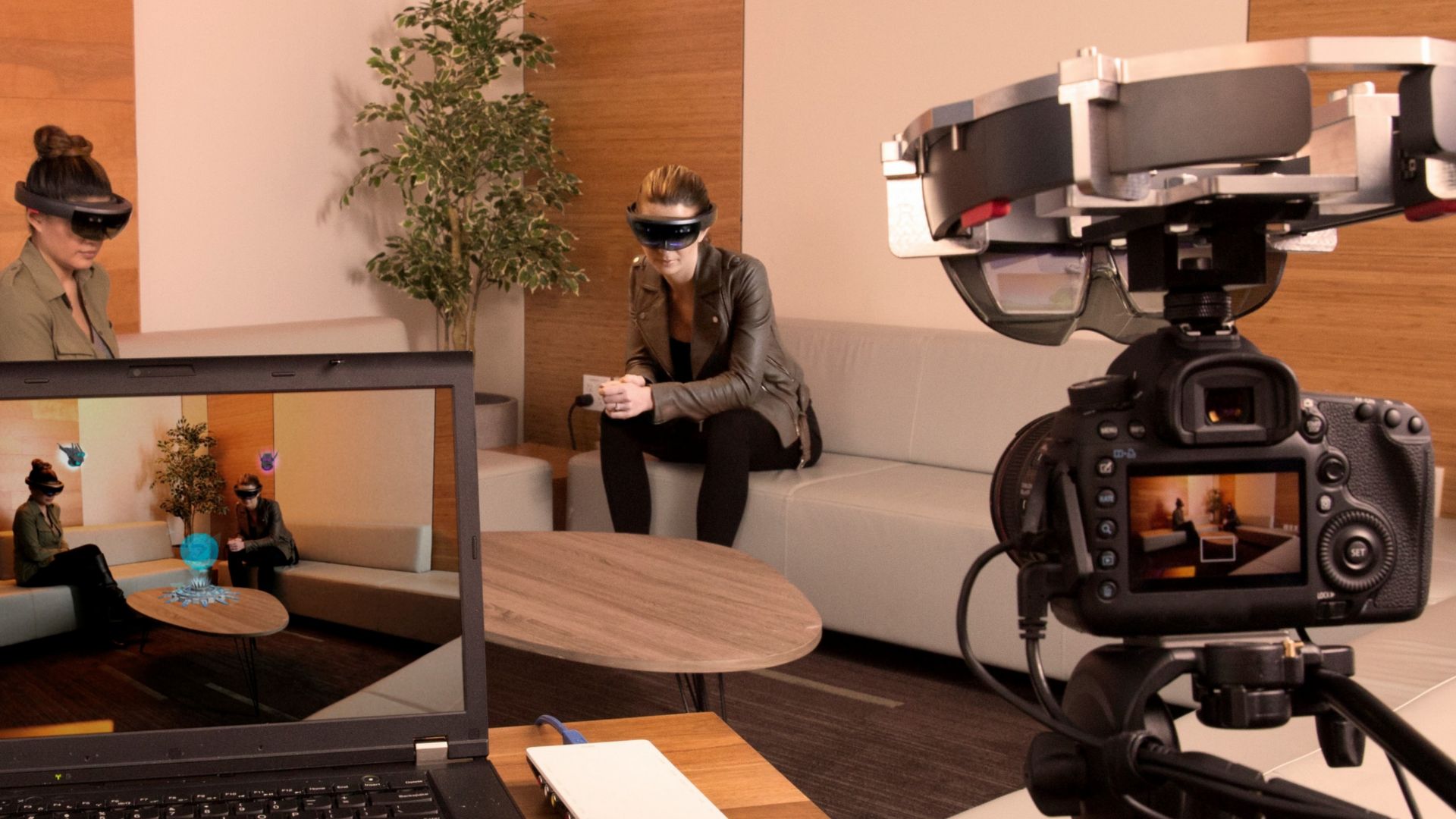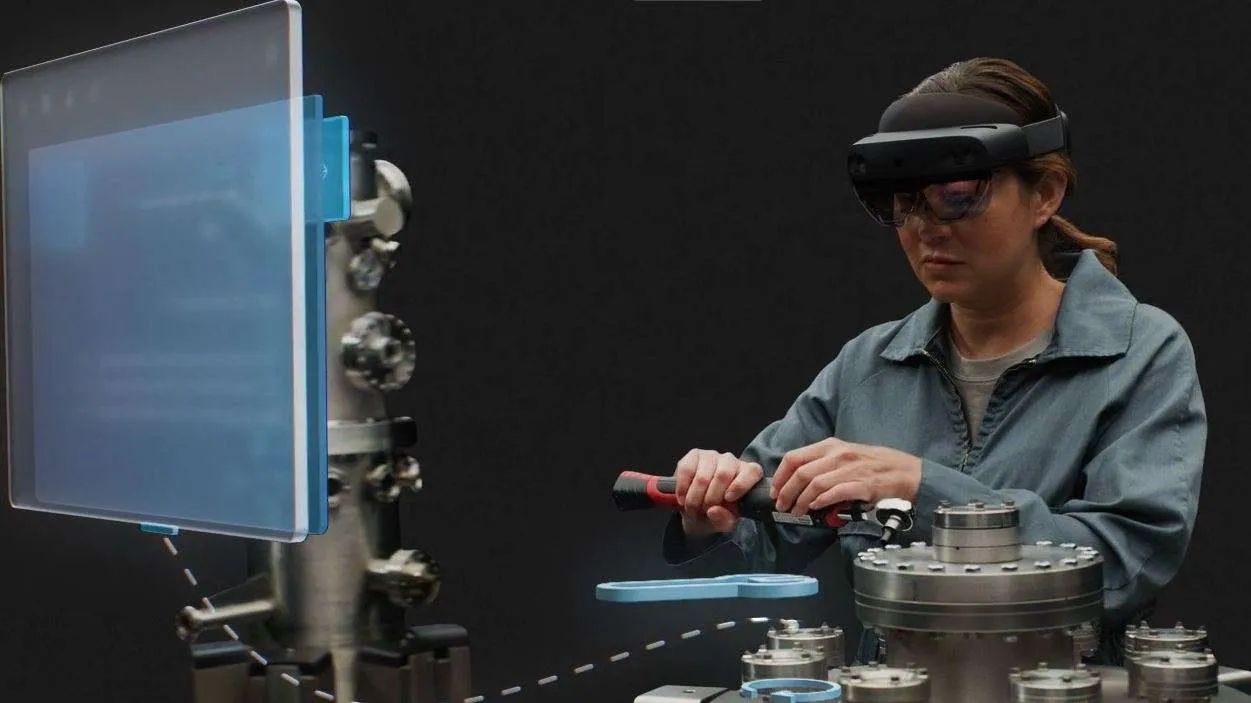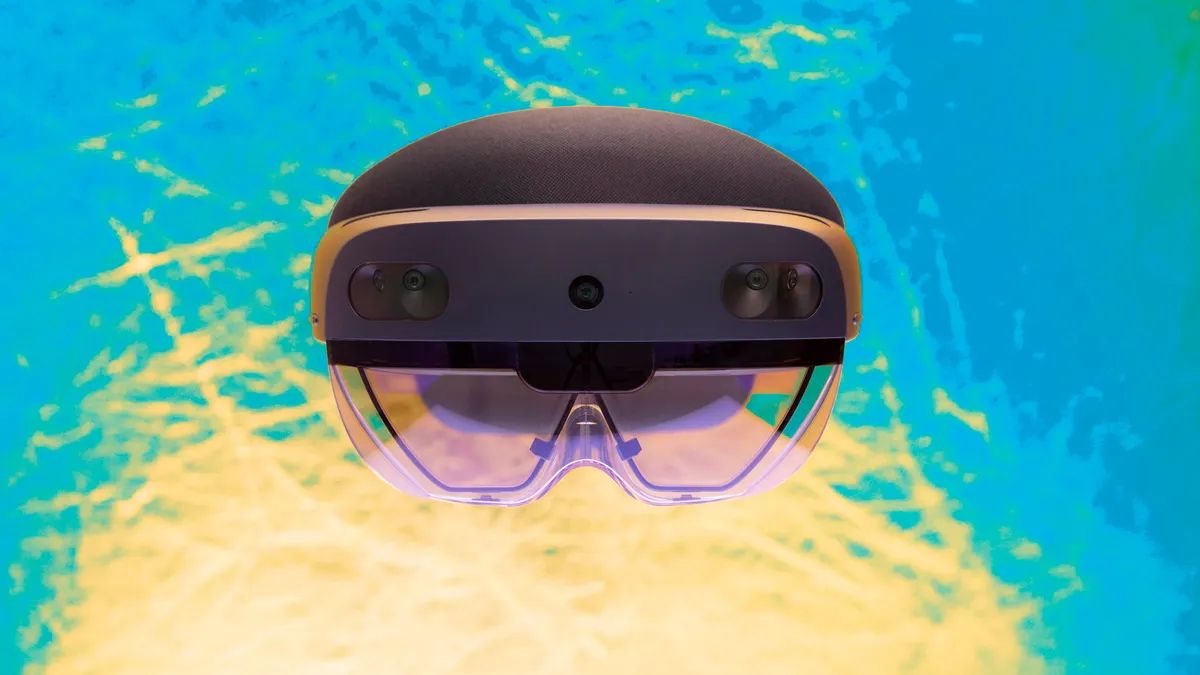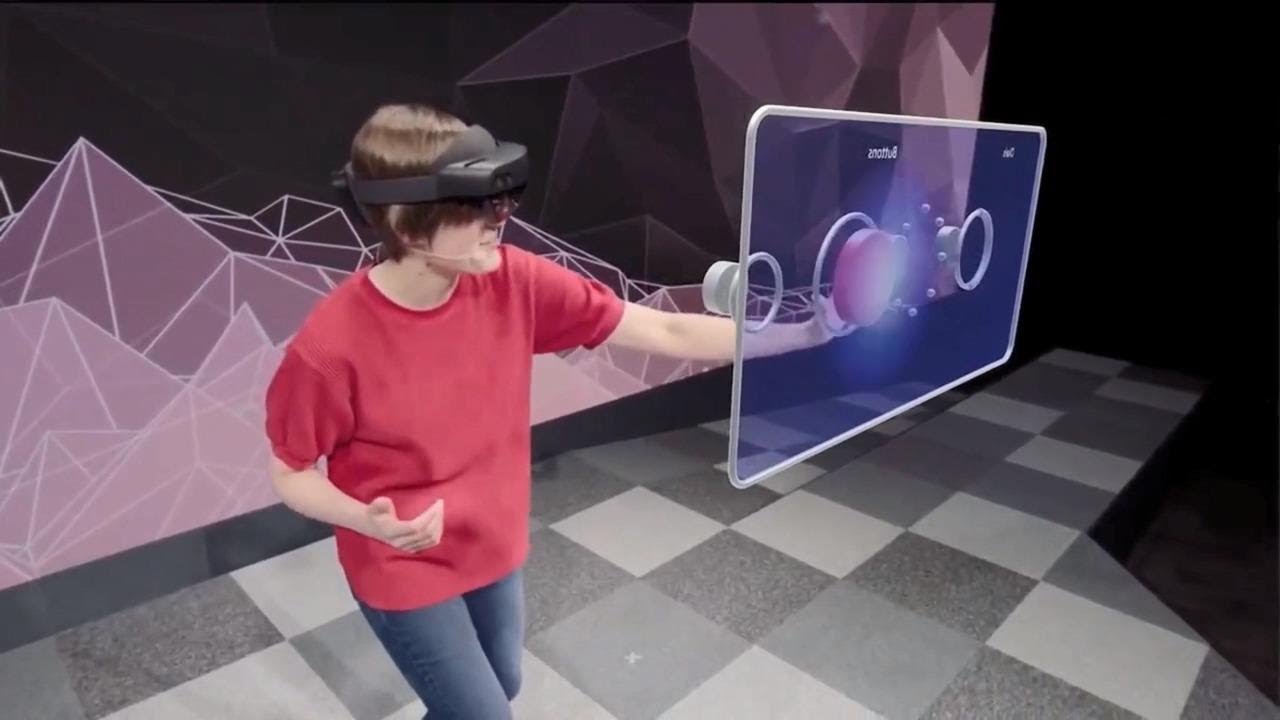Introduction
The HoloLens is a groundbreaking mixed reality device developed by Microsoft, revolutionizing the way we interact with digital content. With its unique ability to overlay holographic images onto the real world, the HoloLens opens up a new realm of possibilities for immersive experiences. One of the key features of the HoloLens is the scroll gesture, which allows users to scroll through content using natural hand movements.
In this article, we will explore how to implement scrolling functionality in Unity for HoloLens applications. Whether you are developing a game, an educational app, or a productivity tool, understanding how to integrate smooth scrolling into your HoloLens project is essential for providing a seamless user experience.
We will start by discussing the HoloLens scroll gesture and how it works. Then, we will guide you through the process of setting up your Unity project to handle scrolling. We will cover both horizontal and vertical scrolling techniques and provide tips for fine-tuning the scrolling experience.
Implementing scrolling in Unity for the HoloLens can be challenging, but with the right approach and some practical examples, you will be able to master this essential skill. So, let’s dive in and learn how to create captivating and interactive scrolling experiences for your HoloLens applications.
Understanding the HoloLens Scroll Gesture
Before we delve into implementing scrolling functionality in Unity for HoloLens, it’s important to have a clear understanding of how the HoloLens scroll gesture works. The scroll gesture allows users to navigate through content by using natural hand movements.
When wearing the HoloLens, users can initiate the scroll gesture by raising their hand and making a pinching motion with their fingers. By moving their hand up, down, left, or right, users can scroll vertically or horizontally, respectively. The scroll speed is determined by the speed of the hand movement.
The HoloLens scroll gesture provides a seamless and intuitive way for users to explore large amounts of digital content without the need for traditional input devices such as keyboards or controllers. This gesture is especially useful in scenarios where users need to navigate through lists, menus, or long documents in a 3D space.
To implement scrolling functionality in Unity for the HoloLens, we need to leverage the input capabilities provided by the HoloLens SDK. Unity provides APIs that allow us to detect and respond to hand gestures, including the scroll gesture. By utilizing these APIs, we can create interactive experiences that seamlessly integrate scrolling into our HoloLens applications.
In the next section, we will guide you through the process of setting up your Unity project to handle scrolling. We will cover the necessary steps to detect the HoloLens scroll gesture and translate it into meaningful scroll behavior within your application. So, let’s move on to the practical aspect of implementing scrolling in Unity for HoloLens!
Setting Up the Unity Project for Scrolling
To implement scrolling functionality in a Unity project for the HoloLens, we need to start by setting up the necessary components and scripts. Follow the steps below to get started:
1. Open your Unity project and ensure that the HoloLens SDK is installed and configured properly.
2. Create a new GameObject in your scene that will serve as the scrollable container. This is where the content that needs to be scrolled will be placed. You can use a panel or an empty GameObject with a RectTransform component.
3. Attach the GestureInputManager script to the scrollable container GameObject. This script will handle the detection of the scroll gesture and translate it into scroll behavior.
4. In the GestureInputManager script, you will need to add the necessary code to detect the scroll gesture. You can use the GestureRecognizer class provided by the HoloLens SDK to listen for the scroll gesture.
5. Create the UI elements that will be placed inside the scrollable container. These could be buttons, images, text, or any other UI elements that you want to be scrollable.
6. Make sure that the UI elements inside the scrollable container are properly laid out using Unity’s UI system. You can use layout components such as Layout Group, Content Size Fitter, and Horizontal/Vertical Layout Group to ensure that the content adjusts dynamically when scrolled.
Once you have set up the Unity project for scrolling, you can proceed to implement the specific scroll behavior based on whether you want horizontal or vertical scrolling.
In the next sections, we will guide you through the process of implementing both horizontal and vertical scrolling techniques in Unity for the HoloLens. We will provide step-by-step instructions and code examples to help you achieve smooth and responsive scrolling. So, let’s continue our journey into creating immersive scrolling experiences for your HoloLens application!
Implementing Horizontal Scrolling in Unity
Horizontal scrolling in Unity for the HoloLens allows users to scroll content from left to right or right to left using the scroll gesture. Follow these steps to implement horizontal scrolling in your Unity project:
1. Inside the GestureInputManager script, create a variable to store the initial position of the scrollable container when the scroll gesture is initiated. This will allow us to calculate the distance the user has scrolled horizontally.
2. In the Update() method of the GestureInputManager script, check if the scroll gesture is detected. If it is, calculate the distance the user has moved horizontally since the gesture started.
3. Modify the position of the scrollable container by applying the calculated horizontal distance to its current position. You can use the RectTransform component’s anchoredPosition property to manipulate the position of the container.
4. To limit the scrolling range, we can set minimum and maximum positions for the scrollable container. For example, if the content is wider than the HoloLens field of view, we can restrict the scrolling to prevent the content from going off-screen.
5. Consider adding some inertia to the scrolling effect for a more natural feel. This can be achieved by gradually reducing the horizontal speed as the user finishes the scroll gesture.
By implementing these steps, you will be able to create a horizontal scrolling experience in Unity for the HoloLens. Remember to test and fine-tune the scrolling behavior to ensure a smooth and responsive user experience.
In the next section, we will discuss how to implement vertical scrolling in Unity for the HoloLens. Vertical scrolling is commonly used for scrolling through lists, paragraphs, and other vertical content. So, let’s move on to the next section and discover how to implement this essential scrolling functionality in Unity for the HoloLens.
Implementing Vertical Scrolling in Unity
Vertical scrolling is a fundamental interaction in many applications, enabling users to scroll through vertical content such as lists, articles, or paragraphs. In this section, we will walk you through the process of implementing vertical scrolling in Unity for the HoloLens.
To implement vertical scrolling, follow these steps:
1. Within the GestureInputManager script, create a variable to store the initial position of the scrollable container when the scroll gesture is initiated. This will be used to calculate the vertical distance the user has scrolled.
2. In the Update() method of the GestureInputManager script, check if there is a scroll gesture. If detected, calculate the vertical distance the user has moved since initiating the gesture.
3. Update the position of the scrollable container by applying the calculated vertical distance to its current position. Utilize the RectTransform component’s anchoredPosition property to modify the container’s position.
4. Set boundaries for scrolling by defining minimum and maximum positions for the scrollable container. Ensure that the content stays within the visible area, preventing it from going off-screen.
5. Consider adding inertia to the scrolling effect for a more realistic experience. Gradually decrease the vertical speed as the user finishes the scroll gesture. This will mimic natural scrolling behavior.
By following these steps, you will be able to implement vertical scrolling functionality in Unity for the HoloLens. Remember to test and refine the scrolling behavior to ensure smooth and responsive user interaction.
In the next section, we will delve into fine-tuning the scrolling experience by exploring additional techniques that can enhance the overall scrolling functionality of your HoloLens application. So, let’s continue on to the next section and learn how to optimize the scrolling experience in Unity for the HoloLens.
Fine-Tuning the Scrolling Experience
While implementing scrolling functionality in Unity for the HoloLens is a significant step, fine-tuning the scrolling experience is equally important to ensure a seamless and enjoyable user interaction. In this section, we will explore some techniques to enhance the scrolling experience in your HoloLens application.
1. Inertia and Smoothing: To mimic the natural scrolling behavior, consider adding inertia and smoothing to the scrolling effect. This can be achieved by gradually decreasing the scrolling speed over time and applying smoothing algorithms to create a smoother and more realistic scrolling experience.
2. Easing Functions: Implement easing functions to control the acceleration and deceleration of the scroll gesture. Easing functions allow you to create more dynamic scrolling effects, such as acceleration at the start of the scroll and deceleration at the end.
3. Content Clipping: If your scrollable content extends beyond the visible screen area, consider implementing content clipping to make sure that only the visible portion of the content is rendered. This optimization can improve performance and prevent unnecessary rendering of off-screen content.
4. Scrollbars: Consider adding visual scrollbars to provide users with a visual representation of their scroll position within the content. Scrollbars can help users navigate through long lists or texts more easily, providing a visual indicator of their current scroll position.
5. Scroll Sensitivity: Allow users to adjust the sensitivity of the scroll gesture to cater to different preferences. Implement options within your HoloLens application to customize the scroll speed, acceleration, or other scroll-related parameters to provide a personalized scrolling experience.
6. Testing and User Feedback: Test your scrolling implementation extensively on the HoloLens device and gather feedback from users to refine and optimize the scrolling experience. Iterative testing and user feedback can reveal usability issues or areas where improvements can be made.
By applying these techniques and continuously refining the scrolling experience, you can create a smooth, intuitive, and engaging scrolling interaction for users of your HoloLens application.
In the next section, we will focus on testing and debugging the scroll functionality to ensure that it works as expected on the HoloLens device. So, let’s move on to the next section and discuss the importance of thorough testing in ensuring a seamless scrolling experience.
Testing and Debugging the Scroll Functionality
Testing and debugging the scroll functionality of your Unity project for the HoloLens is crucial to ensure a smooth and seamless user experience. In this section, we will discuss some important considerations for testing and debugging the scroll functionality.
1. Test on the HoloLens device: While Unity provides a useful simulation feature, it is essential to test the scroll functionality directly on the HoloLens device. This allows you to assess how the scrolling feels and performs in the real-world environment.
2. Test with various content: Test the scroll functionality with different types and sizes of content. This includes long lists of items, large images, and text sections. Ensure that the scrolling performance remains smooth and responsive, regardless of the content’s complexity.
3. Test different scroll speeds: Experiment with different scroll speeds and assess how the scroll gesture responds to varied hand movements. Test both slow and fast scrolling to ensure that the implementation accurately captures user input.
4. Debug using console logs: Use Unity’s console logs to track any errors or unexpected behaviors during the scrolling process. By logging relevant information, such as the scroll position and detected gestures, you can identify and address issues more effectively.
5. Seek user feedback: Gather feedback from users who interact with your HoloLens application. Encourage them to provide insights on the scrolling experience, including any difficulties they may encounter or suggestions for improvement. User feedback is invaluable for refining the scroll functionality.
6. Iterative testing and refinement: Continuously iterate and refine the scroll functionality based on the insights gained from testing and user feedback. Make adjustments to optimize the scrolling experience and enhance its overall performance.
By actively testing and debugging the scroll functionality, you can identify and address any issues or potential improvements. This ensures that users can seamlessly navigate through your HoloLens application, providing a satisfying and immersive experience.
In the next section, we will conclude our discussion on implementing scrolling functionality in Unity for the HoloLens. So, let’s wrap up our exploration.
Conclusion
Implementing scrolling functionality in Unity for the HoloLens opens up a world of possibilities for creating immersive and interactive experiences. By understanding the HoloLens scroll gesture and following the steps outlined in this article, you can seamlessly integrate scrolling into your HoloLens application.
We started by understanding the scroll gesture and its importance in providing a natural and intuitive way for users to navigate through content. Then, we discussed the steps to set up the Unity project to handle scrolling, including attaching scripts, creating UI elements, and setting boundaries.
Next, we explored how to implement both horizontal and vertical scrolling techniques in Unity. By calculating the scroll distance and updating the position of the scrollable container, we were able to create smooth and responsive scrolling experiences for users.
We also delved into fine-tuning the scrolling experience by adding features such as inertia, easing functions, content clipping, scrollbars, and scroll sensitivity. These techniques enhance the overall scrolling interaction, providing users with a seamless and enjoyable experience.
Additionally, we emphasized the importance of thorough testing and debugging. By testing on the HoloLens device, evaluating different content types, adjusting scroll speeds, and gathering user feedback, you can optimize and refine the scroll functionality for optimal performance.
In conclusion, implementing scrolling functionality in Unity for the HoloLens allows you to create captivating and interactive experiences. By understanding the scroll gesture, following the necessary setup steps, and fine-tuning the scrolling features, you can provide users with a seamless and immersive browsing experience in your HoloLens application.
So, go ahead and embark on your journey to implement scrolling functionality in Unity for the HoloLens, and let your users scroll through digital content with ease and delight.







